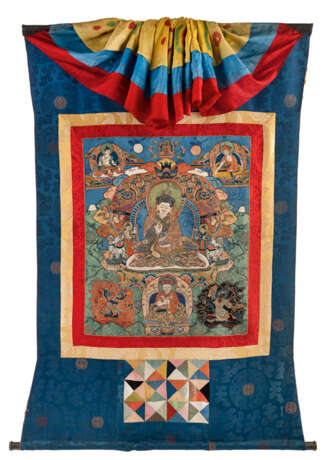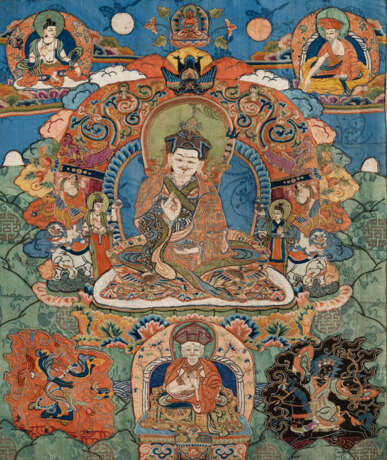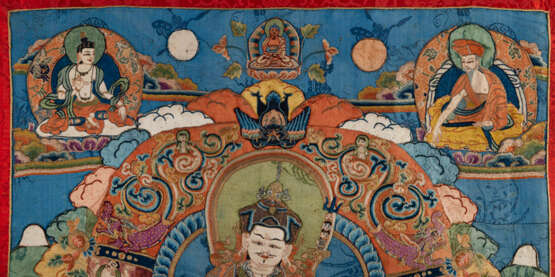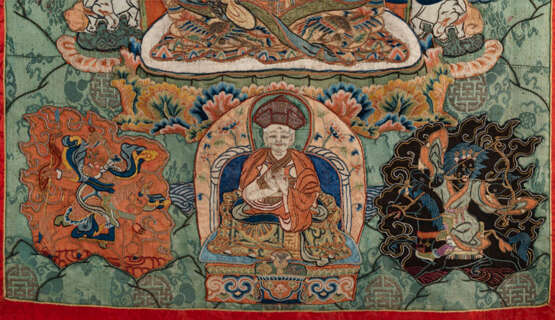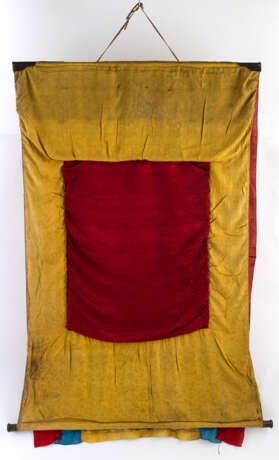ID 875255
Лот 57 | Seltenes Applikationsthangka mit der Darstellung des „Kostbaren Guru“ Padmasambhava
Оценочная стоимость
€ 8 000 – 12 000
Bhutan, 18./ 19. Jh.
61 x 50 cm (130 x 85 cm mit Montierung)
| Категория аукционного дома: | Искусство Азии |
|---|
| Категория аукционного дома: | Искусство Азии |
|---|
| Адрес торгов |
Nagel Auktionen GmbH Neckarstrasse 189 - 191 70190 Stuttgart Германия | ||||||||||||||
|---|---|---|---|---|---|---|---|---|---|---|---|---|---|---|---|
| Предосмотр |
| ||||||||||||||
| Телефон | +49 (0)711 649 690 | ||||||||||||||
| Факс | +49 (0)711 649 69696 | ||||||||||||||
| Комиссия | 29,5% | ||||||||||||||
| Условия использования | Условия использования | ||||||||||||||
| Часы работы | Часы работы
|
